What do the smallest particles of the universe, the human brain, and ancient spiritual traditions have in common? At first glance, not much. But a deeper exploration reveals fascinating overlaps, especially when it comes to understanding the relationship between consciousness and reality.
Quantum Physics and Consciousness: The Role of the Observer
Quantum physics has revolutionized our understanding of reality. At the subatomic level, particles behave not like classical objects but as probability waves, influenced by observation. This so-called “observer effect” has sparked a controversial debate: Does consciousness actually influence the physical world?
Nobel laureate Eugene Wigner was among the first to speculate about the role of consciousness in quantum mechanics. He suggested that consciousness might play a part in collapsing the quantum wave function, a proposal that attracted significant attention, though most physicists today are more cautious. Many argue that the observer effect has a purely technical explanation within quantum theory.
Yet, the question remains intriguing: Could consciousness play a role at the quantum level? Physicist Roger Penrose and anesthesiologist Stuart Hameroff developed the controversial “Orch-OR theory,” which posits that consciousness arises from quantum phenomena within the microtubules of brain cells. While this theory is rejected by many neuroscientists, it shows an increasing willingness to explore connections between quantum phenomena and consciousness.
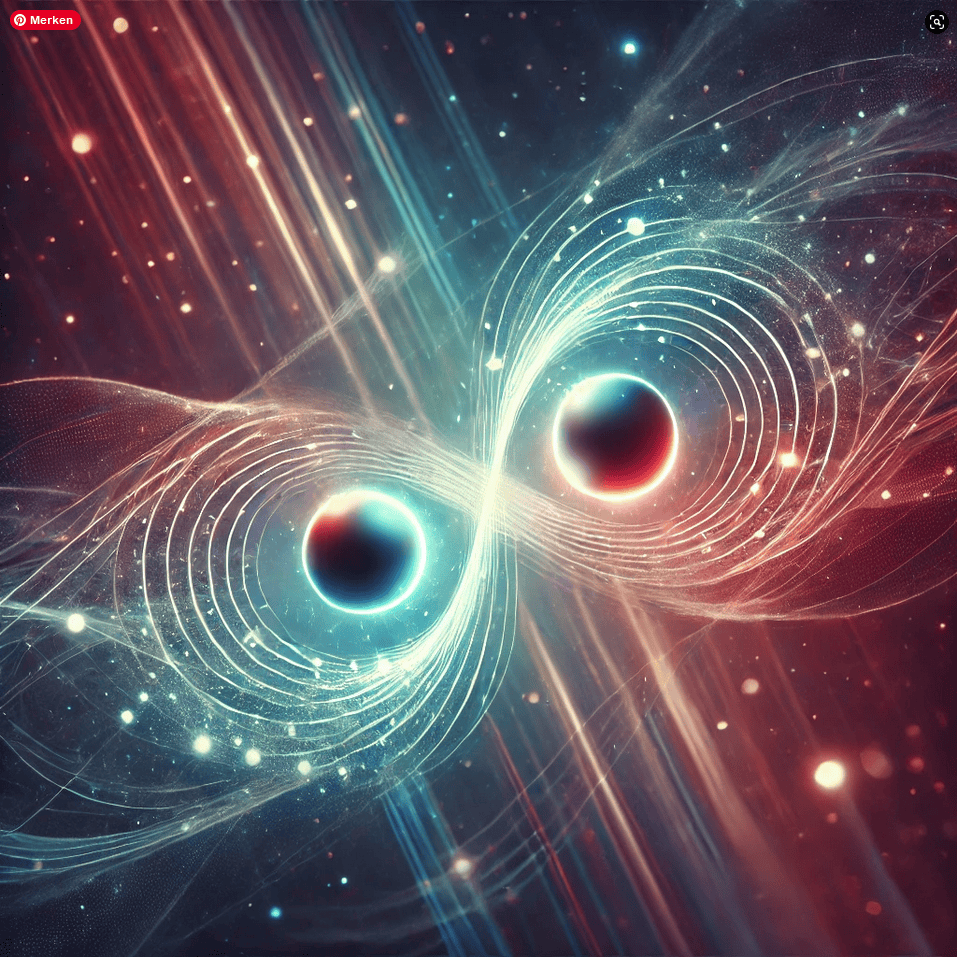
Neuroscience: The Unsolved Mystery of Consciousness
Neuroscience has made significant advances in recent decades, but the “hard problem” of consciousness, as philosopher David Chalmers calls it, remains unsolved. How do subjective experiences—known as qualia—emerge from neural activity in the brain?
Researchers like Christof Koch and Giulio Tononi have developed theories that attempt to explain consciousness through networks of neurons and their processing of information. Tononi’s “integrated information theory” is a leading framework, suggesting that the level of information integration in the brain correlates directly with the depth of consciousness.
Despite these advances, neuroscientists face a fundamental challenge: while they can increasingly describe which brain regions are involved in consciousness, how subjective experiences and thoughts arise from purely physical activity remains a profound mystery.
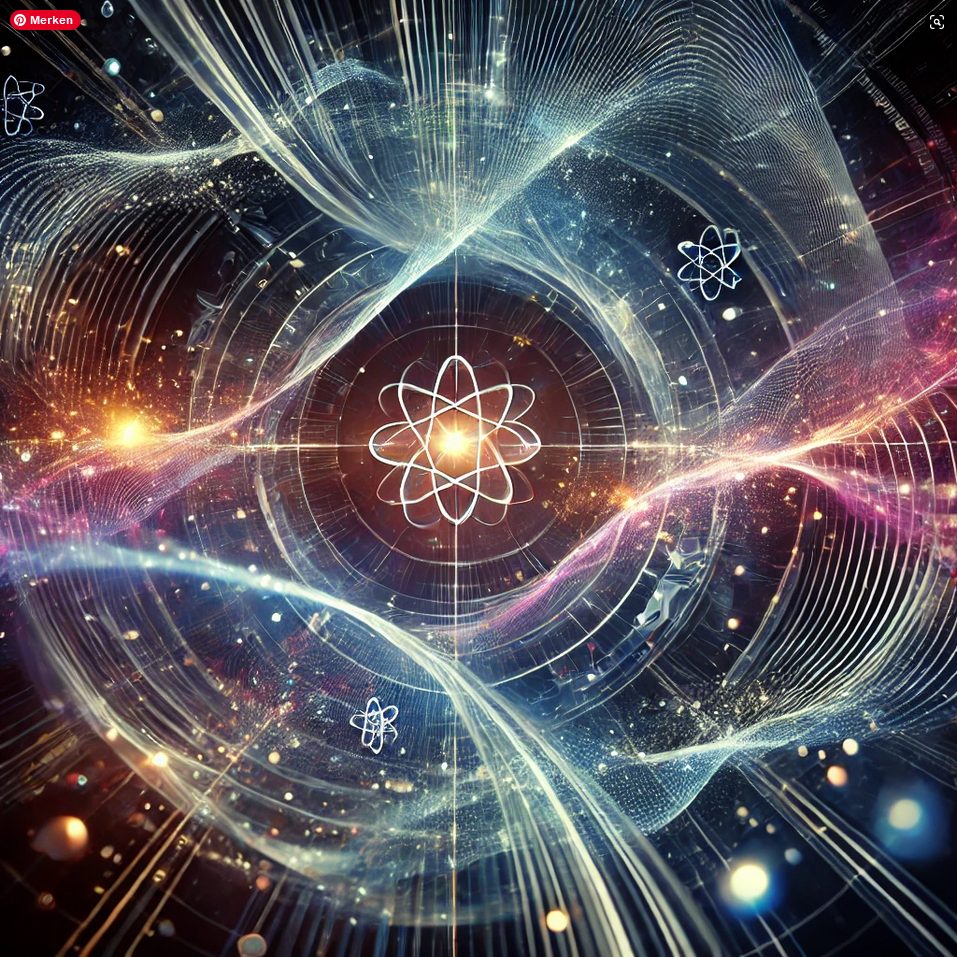
Spirituality: Consciousness as a Fundamental Force of the Universe
Many spiritual traditions view consciousness as a foundational, omnipresent force. In Hindu philosophy, the concept of “Brahman” is often described as the universal consciousness underlying everything. Buddhist meditation practices aim to discover the “true self” by transcending the ego, offering a deeper understanding of consciousness.
The Dalai Lama has engaged with neuroscience extensively, emphasizing that spiritual practices like meditation and mindfulness can enter into dialogue with modern science. He sees meditation as a way to better understand and sharpen consciousness, and regularly collaborates with leading scientists to explore how mindfulness affects the brain.
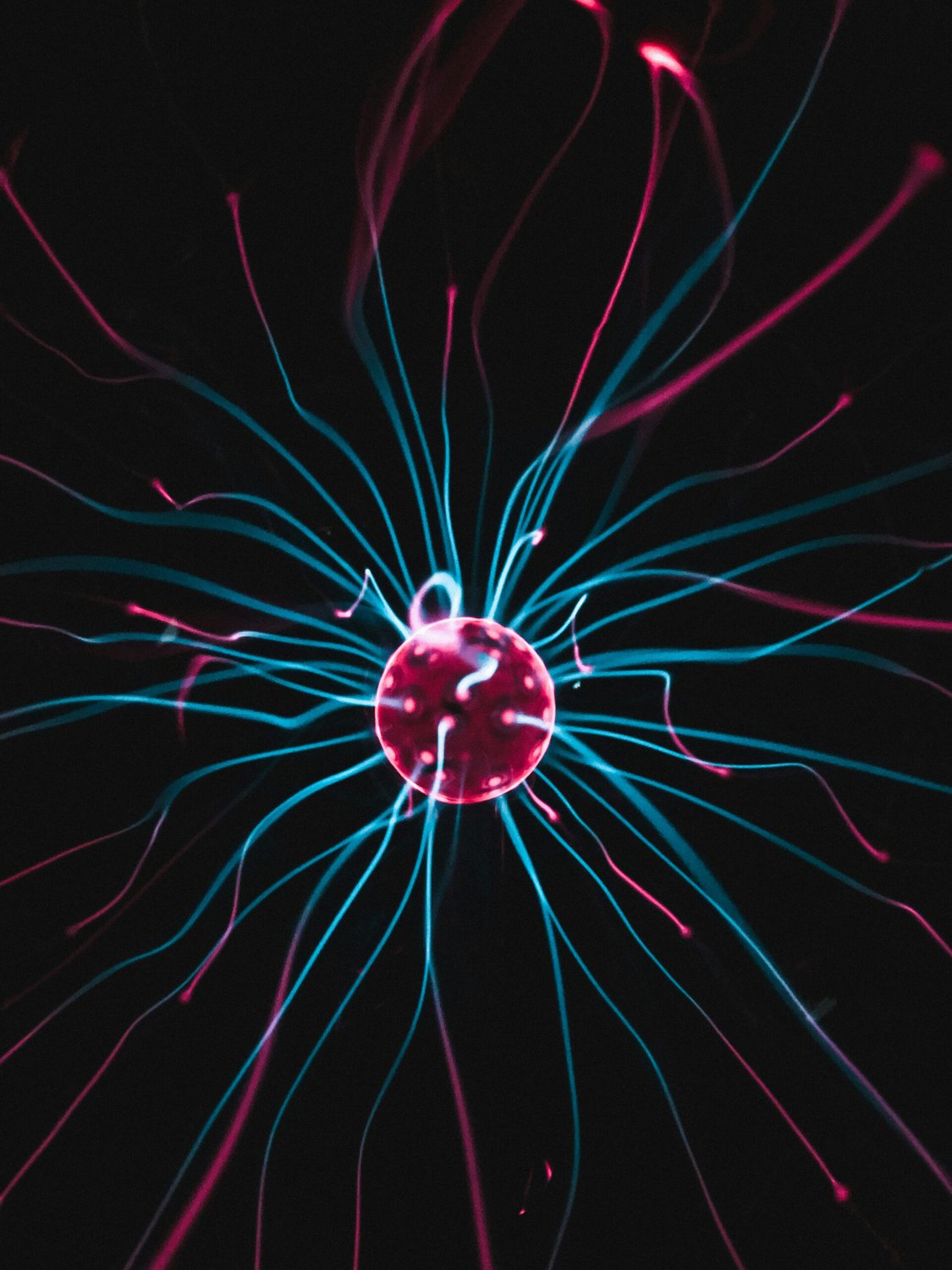
Common Ground: Where Science and Spirituality Meet
1. Non-locality and Interconnectedness: In quantum physics, “non-locality” refers to the phenomenon where entangled particles respond to each other instantly, regardless of distance. Similarly, many spiritual traditions emphasize the unity of all things. Both science and spirituality often suggest that the separation between objects and individuals is an illusion.
2. Consciousness as a Fundamental Element of Reality: Some researchers and philosophers, like physicist David Bohm, have speculated that consciousness might be a fundamental property of the universe, not merely a product of the brain. In spirituality, this idea is often expressed as “universal consciousness” or “God” being present in everything. Though speculative, this idea that consciousness could be rooted in the depths of quantum mechanics continues to intrigue.
3. The Influence of Consciousness on Reality: Quantum mechanics raises questions about whether the observer affects particle behavior. Similarly, spiritual teachings often propose that consciousness can influence reality, as seen in the “law of attraction.” Meditation and mindfulness techniques aim to alter reality through focused attention and calming the mind.
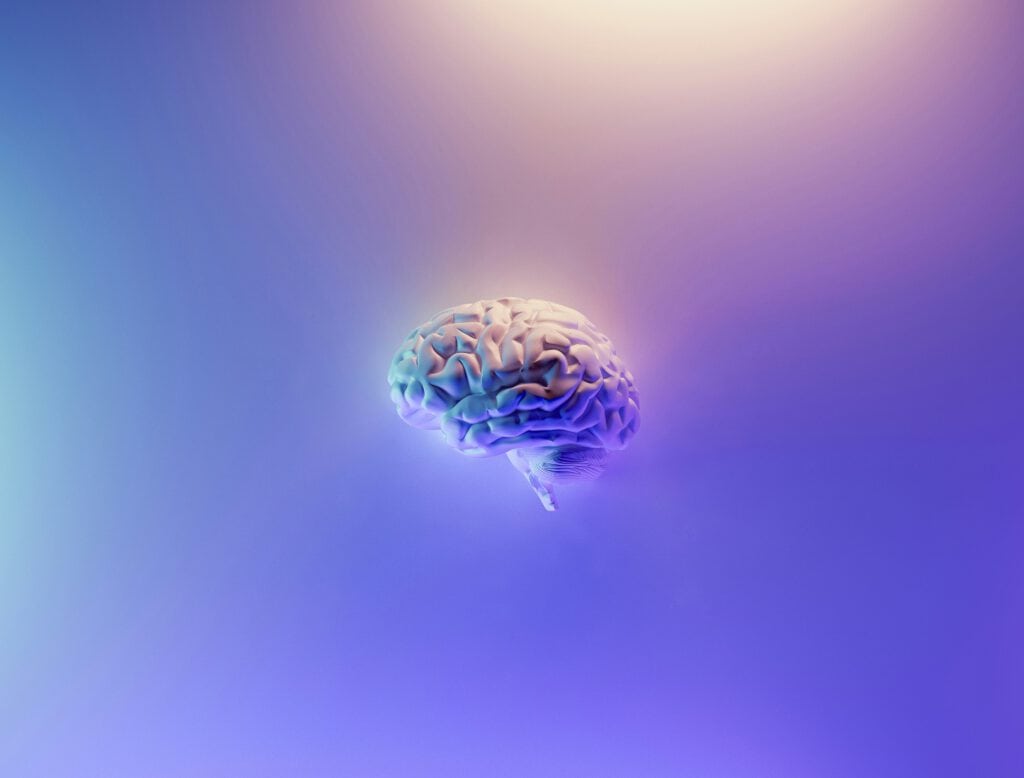
Conclusion: An Open Dialogue Between Science and Spirituality
While the connections between quantum physics, neuroscience, and spirituality remain largely speculative, there are exciting overlaps in the quest to understand how consciousness works and its potential impact on reality. Scientific skepticism is essential, as many of these theories lack solid empirical foundations. Nevertheless, they foster a fruitful dialogue that invites both science and spiritual traditions to further explore the mystery of consciousness.
Physicist Niels Bohr once said, “Anyone who is not shocked by quantum theory has not understood it.” Perhaps the same could be said of consciousness—a puzzle that continues to inspire awe and deep questions in both science and spirituality.
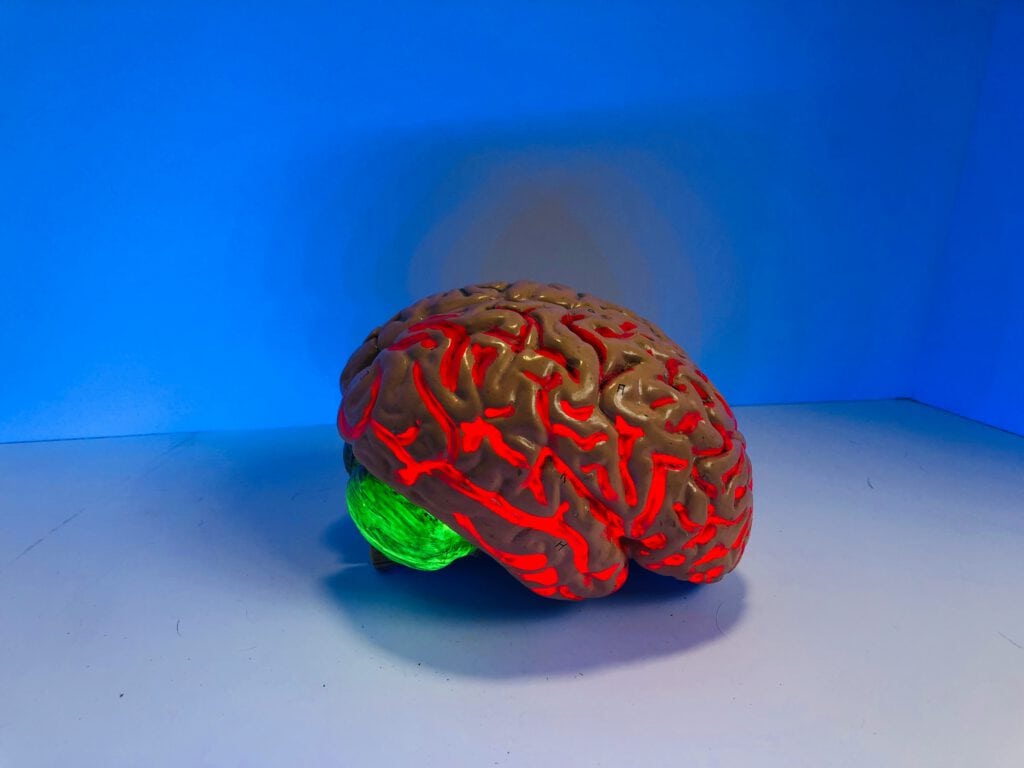
This article reflects current debates at the intersection of science and spirituality regarding consciousness and reality. Drawing on the work of leading figures like Roger Penrose, Stuart Hameroff, and spiritual leaders such as the Dalai Lama, it explores whether consciousness could be the bridge between these seemingly disparate realms.

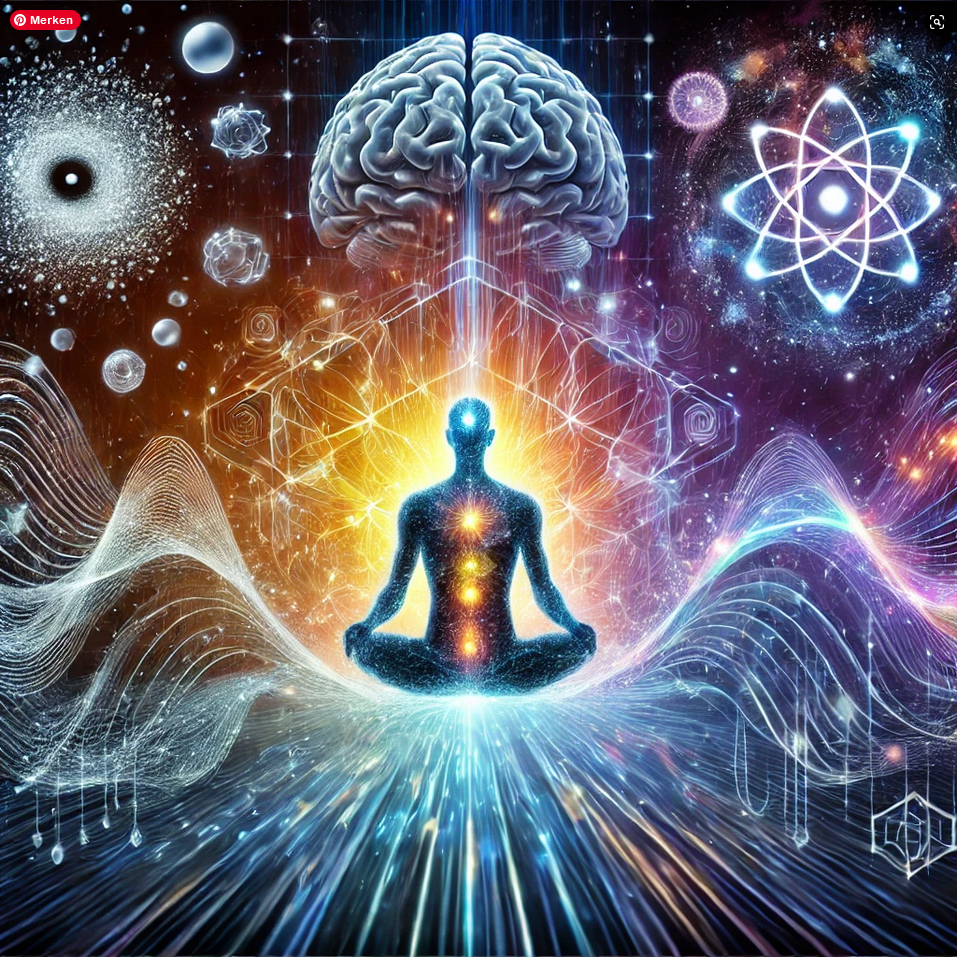
iThere are no comments
Add yours